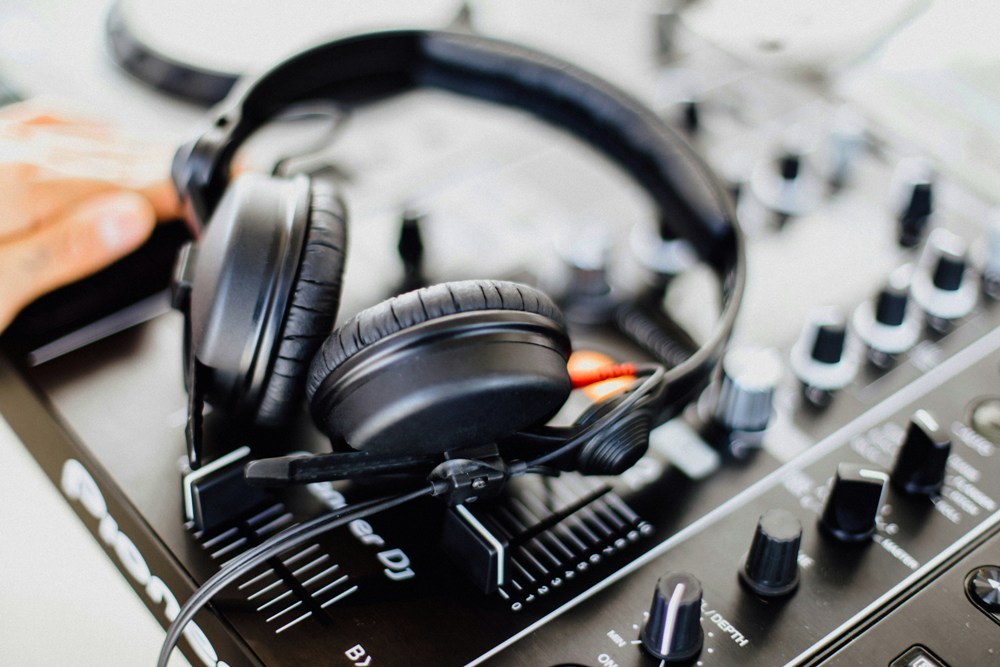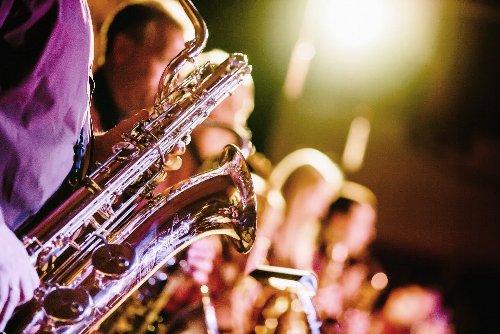
Relocating a music production home studio requires meticulous planning, careful handling of equipment, and a well-thought-out strategy to preserve the integrity of delicate instruments and recording gear. Unlike moving standard household items, professional audio equipment demands special attention due to its fragility, weight, and susceptibility to environmental changes. Soundproofing materials, acoustic treatments, and cabling systems also add to the complexity of the process, requiring methodical organization to ensure they are reinstalled efficiently in the new space. Transporting digital and analog components safely, maintaining workflow continuity, and optimizing the new environment for high-quality sound are essential considerations. A successful move is not just about getting the equipment from one location to another; it is about safeguarding creative momentum, preserving investments, and setting up a space that fosters productivity and inspiration.
Assess the New Space
Before moving anything, evaluate the new location to determine how it will accommodate the studio's layout and workflow. Room dimensions, ceiling height, wall materials, and flooring will influence sound quality and acoustic treatment needs. The placement of windows and doors can affect reflections and reverb, requiring strategic positioning of monitors and diffusers. Additionally, electrical outlets and grounding points must be considered to avoid interference or hum in the signal chain. If possible, test the room's acoustics with a simple clap test to identify echo and resonance. Planning the new layout in advance will make the transition smoother and prevent unnecessary repositioning of equipment after the move.
Organize and Label Equipment
Sorting and labeling all studio components before packing prevents confusion during setup. Each cable, adapter, and power supply should be marked with its corresponding device to simplify reassembly. Using resealable bags for smaller accessories ensures they remain grouped with the right equipment. Separating digital components from analog gear helps protect delicate circuitry from potential static discharge or impact damage. Taking detailed photographs of cable configurations, rack-mounted equipment, and signal routing can serve as a visual reference when reassembling the studio in the new location. Maintaining a structured inventory of every item reduces the risk of missing or misplaced components.
Protect Fragile Gear
High-end audio equipment requires specialized packing materials to prevent damage during transport. Foam padding, anti-static wraps, and hard-shell cases provide essential protection for mixers, synthesizers, and monitors. Bubble wrap and soft blankets work well for microphones, while shock-absorbing materials should cushion speakers and subwoofers. Transporting hard drives and solid-state storage with extra care prevents data loss caused by sudden impacts or vibrations. It is advisable to use climate-controlled transport for vintage synthesizers, tube amplifiers, or delicate analog gear to prevent temperature and humidity fluctuations from affecting their components. Ensuring every piece of equipment is securely wrapped will mitigate potential transit hazards.
Disassemble Acoustic Treatments
Studio desks, racks, and stands should be taken apart whenever possible to facilitate easier transport. Hardware such as screws, brackets, and fasteners should be stored in labeled containers to prevent loss. Acoustic panels, bass traps, and diffusers must be carefully removed to avoid tearing or structural damage. If the new space requires modifications, consider mapping out the placement of soundproofing materials in advance to ensure an efficient reinstallation. Preserving the effectiveness of acoustic treatments is essential for maintaining audio clarity and an optimal mixing environment.
Transport Equipment Safely
Loading and unloading music production gear requires caution to prevent accidental drops, shocks, or exposure to extreme weather conditions. Heavier equipment should be securely strapped in place to avoid movement during transit. Smaller items such as microphones, audio interfaces, and MIDI controllers should be packed separately to reduce the risk of pressure damage from heavier components. If renting a moving truck, ensure that the cargo area is free of moisture and debris that could compromise sensitive electronics. For particularly valuable gear, hiring professional movers with experience handling musical equipment may provide added peace of mind.
Set Up the New Studio
Reconstructing the studio layout should follow a logical order to minimize setup time and workflow disruptions. Positioning acoustic treatments first ensures the space is optimized before equipment is placed. Desk and rack-mounted gear should be assembled next, followed by connecting power supplies and routing cables. Monitors should be positioned with precision to maintain an optimal listening triangle, ensuring accurate stereo imaging and frequency balance. Testing electrical connections before powering on devices helps prevent potential short circuits or grounding issues. Carefully arranging cables with proper management solutions will prevent clutter and signal interference, creating a more organized and efficient workspace.
Optimize the Acoustics
Even with high-quality equipment, poor room acoustics can negatively impact recordings and mixes. Evaluating how sound behaves in the new space will help determine if additional bass traps, diffusers, or absorptive panels are necessary. The placement of studio monitors should avoid reflective surfaces that cause phase cancellation or frequency buildup. Measuring sound response using reference tracks or test tones can identify problematic frequencies requiring correction. If budget allows, an analysis with a real-time analyzer and a calibrated microphone can provide deeper insight into acoustic performance. Fine-tuning the listening environment ensures accurate sound reproduction and a more professional production experience.
Test and Calibrate Equipment
After reassembling the studio, each piece of equipment must be tested for functionality. Audio interfaces, digital converters, and external processors should be powered on sequentially to detect any connection issues. Routing signals through the entire chain ensures no cables have been improperly connected. Gain staging should be checked to maintain optimal headroom and avoid distortion. MIDI devices should be synchronized with digital audio workstations to confirm communication between hardware and software. Running test recordings allows for adjustments to latency, buffer sizes, and monitoring configurations. Proper calibration guarantees a seamless transition and ensures the studio operates at peak performance.
Back Up All Projects and Presets
Before unplugging computers, external drives, or hardware samplers, backing up all data is essential to prevent project loss. Sessions, sample libraries, and customized presets should be duplicated on multiple storage devices, including cloud storage, to provide redundancy. Some software licenses require deactivation before being transferred to a new system, so checking manufacturer guidelines ensures seamless reinstallation. Additionally, saving routing templates and MIDI mappings will streamline the workflow in the new space. Protecting digital assets ensures that creative projects remain intact throughout the move.
Adjust and Finalize the Workflow
Adapting to a new studio environment requires fine-tuning workflow efficiency. Ensuring that essential tools are within reach and that workstations remain ergonomically optimized enhances productivity. Reassessing the signal chain for potential refinements can improve overall sound quality and operational ease. If the move involved equipment upgrades or modifications, integrating new components seamlessly into the workflow is essential. Spending time familiarizing with the acoustics, monitoring conditions, and any changes in room response will refine the listening experience. A well-structured studio fosters creativity, allowing artists and producers to focus on their work without unnecessary distractions.
Moving a music production home studio is a complex endeavor requiring careful planning, strategic execution, and attention to detail. Protecting delicate equipment, preserving acoustic integrity, and ensuring seamless reassembly are essential for maintaining workflow efficiency and sound quality. Thoughtful organization before the move, cautious transport procedures, and precise calibration in the new space contribute to a successful transition. Once everything is properly set up, optimizing the workflow and adapting to the new acoustics will enhance both creativity and productivity. A well-planned move not only safeguards valuable equipment whether you are tackling the project yourself or working with a local moving company that understands the unique requirements of transporting sensitive audio gear.
EDITORIAL POLICY
The Flash List is dedicated to providing trustworthy editorial content by maintaining strict ethical standards, journalistic integrity, and credible professionalism regardless of any remuneration as working media. The Flash List is not affiliated with third-party companies mentioned and makes no endorsement or guarantee expressed or implied. The preceding article, which contains affiliated link(s) for which compensation was received, is intended for informational reference only and does not constitute advice of any kind. Moreover, a qualified professional should be consulted regarding any lifestyle consideration, medical treatment, or monetary transaction, etc. Content is published in accordance with USFTC regulations and terms and conditions.
MORE ON THE FLASH LIST
































